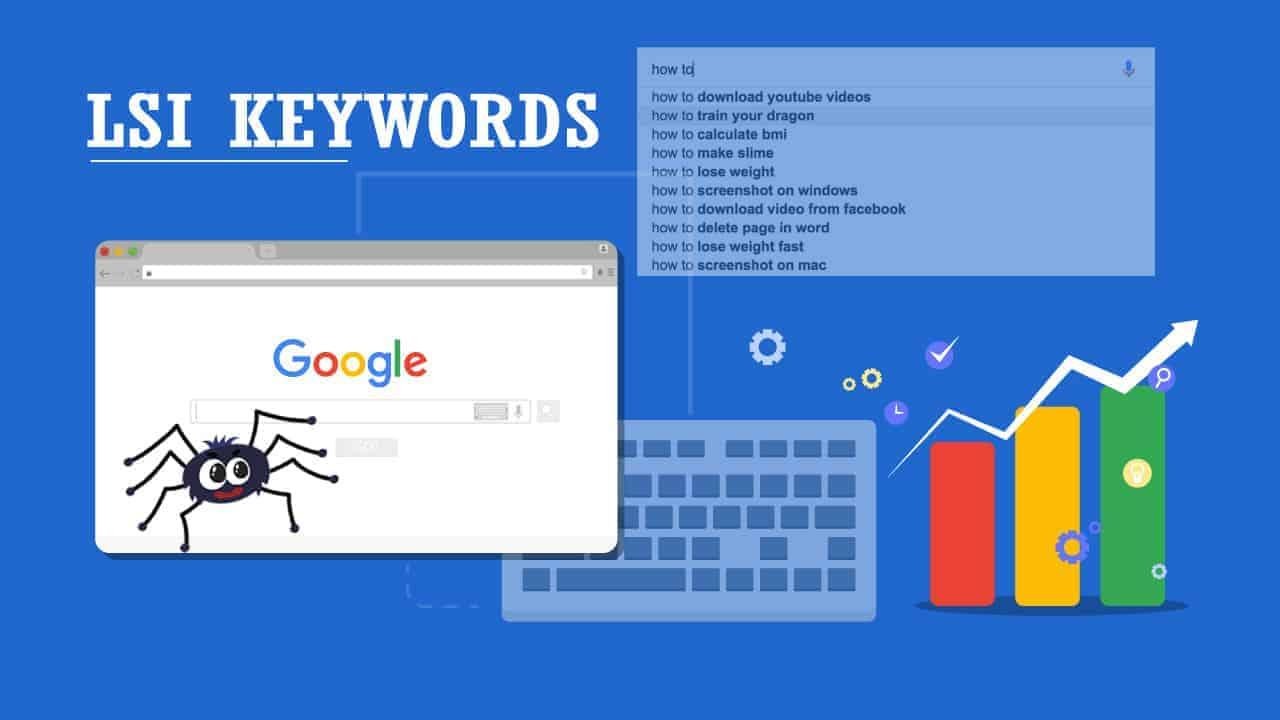Recently, there has been much discussion in the SEO community on whether we should always consider keywords to be SEO’s North Pole or instead focus on subjects. This dispute is about latent semantic indexing, or LSI. LSI keywords will bridge the gap between how marketers create content now and whether they will need to do so in the future. They provide a forum for us to discuss the modifications we need to make to our SEO tactics.
BUT FIRST, CAN WE DISCUSS WHAT LSI KEYWORDS ARE?
Latent Semantic Indexing (LSI) is a computer search engine that examines the other terms people use when discussing a particular topic.
LSI keywords are terms and phrases that are highly relevant to the topic you’re interested in. These are used by the Google algorithm to determine the correctness and significance of the material in relation to the search term.
Many articles claim that LSI keywords are intended keyword synonyms, yet this is misleading. It’s more accurate to say that these are the terms most commonly linked with the search for high-value materials. This necessitates the use of synonyms, as well as a few others. LSI keywords appear to be more relevant than keyword width at this level in search engine optimization, but let’s go a little further.
NOW, HOW DOES LSI KEYWORDS WORK?
By scanning for phrases that exist alongside a particular search phrase or keyword, search engines employ LSI to determine the accuracy of a page’s content. LSI, unlike every other SEO solution we see these days, was created to help searchers find exactly what they’re looking for, not just what they’ve been waiting for.
WHAT IS LSI AND HOW DOES IT WORK?
The machines are illiterate. They lack the intrinsic understanding of the links that we humans have for language.
A machine, on the other hand, does not have the information unless it is directed.
The problem is that there is no method to communicate with a machine. Everything would need a tremendous amount of effort and dedication.
To derive the relationship b, sophisticated mathematical formulae were used.
LSI KEYWORD FINDING AND USE
When it comes to software that can generate a list of LSI keywords having semantic ties to your search term, the options are limited. The LSIGraph LSI Keyword Generator is the quickest, easiest, and least suspicious-looking resource we’ve encountered. You can begin there.
Similar queries contain searches made by people to answer with supplementary inquiries, to explain a search word that they erroneously stated, and so on. You can also look at the “Searches linked to” portion at the bottom of the first page of search results. You can look at the other words contained in the sites that include the goal keyword for no cost if you choose to explore a little deeper.
WHERE DO PEOPLE REQUIRE THE USE OF LSI KEYWORDS NOW?
- You want to rate the subject all around the page.
- File names and titles of pictures in headers and alt text
- As the link anchor text, when appropriate
- If necessary, support the goal term in the Title tab.
- Using LSI keywords that are closely related (but not identical) on the page (naturally).
You can also create supplementary material geared at LSI and long-tail keyword variations for the most important themes in your market, and then link to it using the variation as anchor text. You know those times when you want to or need to repeat your goal keyword again, but it starts to sound repetitive or spammy? This is an excellent opportunity to use a keyword in the LSI.
Instead of focusing on objective keywords, consider focusing on subjects and keyword clusters that are semantically important to your content. Pick words from this list instead of placing them in the goal keyword when working on the standard on-page SEO components. As in the title, using the target term where everything sounds normal and the most SEO value is achieved.
Contact Us for ecommerce SEO company in Delhi.
